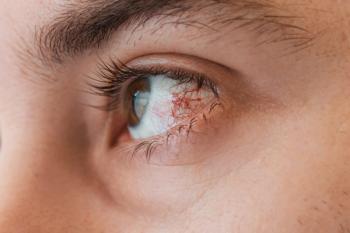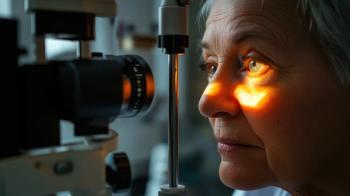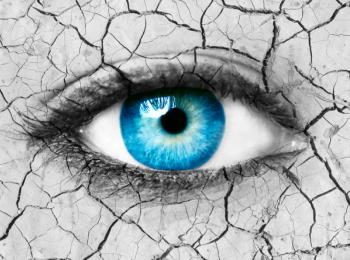
Investigating the Link Between Exposure to Second-hand Smoke and Childhood Myopia
Exposure to second-hand smoke may be more harmful for young children than adults because of their faster respiratory rate.
Second-hand smoke has been linked to a multitude of diseases in children, from asthma to ear infections to myopia (nearsightedness), although the research into the connection to myopia in children has produced conflicting results. One
Youjuan Zhang, Ph.D., and colleagues from The Chinese University of Hong Kong Eye Centerdecided to “address the research gap. Their
After adjusting for potential confounders, second-hand smoke exposure was associated with a 0.09-D spherical equivalent decrease and 0.05-mm axial length elongation. The second-hand smoke-associated differences accounted for approximately one-fifth to one-third of the progression in a year, equaling about 2- to 4-month progression. Similarly, daily exposure to 10 cigarettes was associated with a 0.07-D spherical equivalent decrease and a 0.04-mm axial length increase.
The associations were magnified in younger children, the researchers say. For each year younger of a child’s exposure to second-hand smoke, the exposure was associated with a 0.07-D decrease in spherical equivalence and a 0.05-mm increase in axial length. Exposure to 10 cigarettes per day was associated with a 0.06-D spherical decrease and a 0.04-mm axial length increase.
Zhang and colleagues note that the chemical components of second-hand smoke may be more harmful to young children because young children have faster respiratory rates and breathe more air relative to their body mass. Younger children with a less developed visual system are also more sensitive to exposures, such as chemical components in smoke, that interfere with visual development.
After adjusting for sex, birth weight, and parental myopia, exposure to second-hand smoke was also associated with an earlier age of myopia onset compared with children who were not exposed to second-hand smoke (72.8 vs 74.6 months). Moreover, there was a dose-response effect: E\very 10 more cigarettes smoked in the family per day was associated with a 1-month advance in myopia onset. Earlier myopia onset is a risk factor for high myopia later in life, the researchers say; they point to a longitudinal study that found that each year of delay in the age of myopia onset could “drastically” reduce the possibility of high myopia in adulthood.
They note some limitations in their study. For instance, the interaction between age and the association of second-hand smoke exposure and myopia was only revealed in a narrow range. But Zhang and colleagues also found that myopia develops particularly fast, showing the most drastic increase in prevalence from 6 (14.8%) to 7 (38.5%) years of age among Chinese children.
In an accompanying
Newsletter
Get the latest industry news, event updates, and more from Managed healthcare Executive.






















































